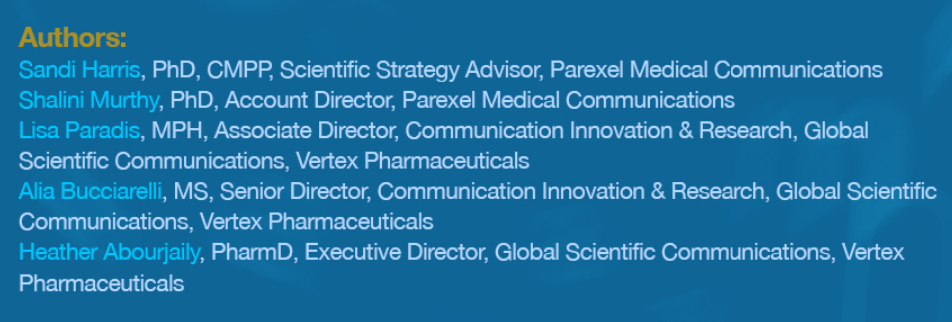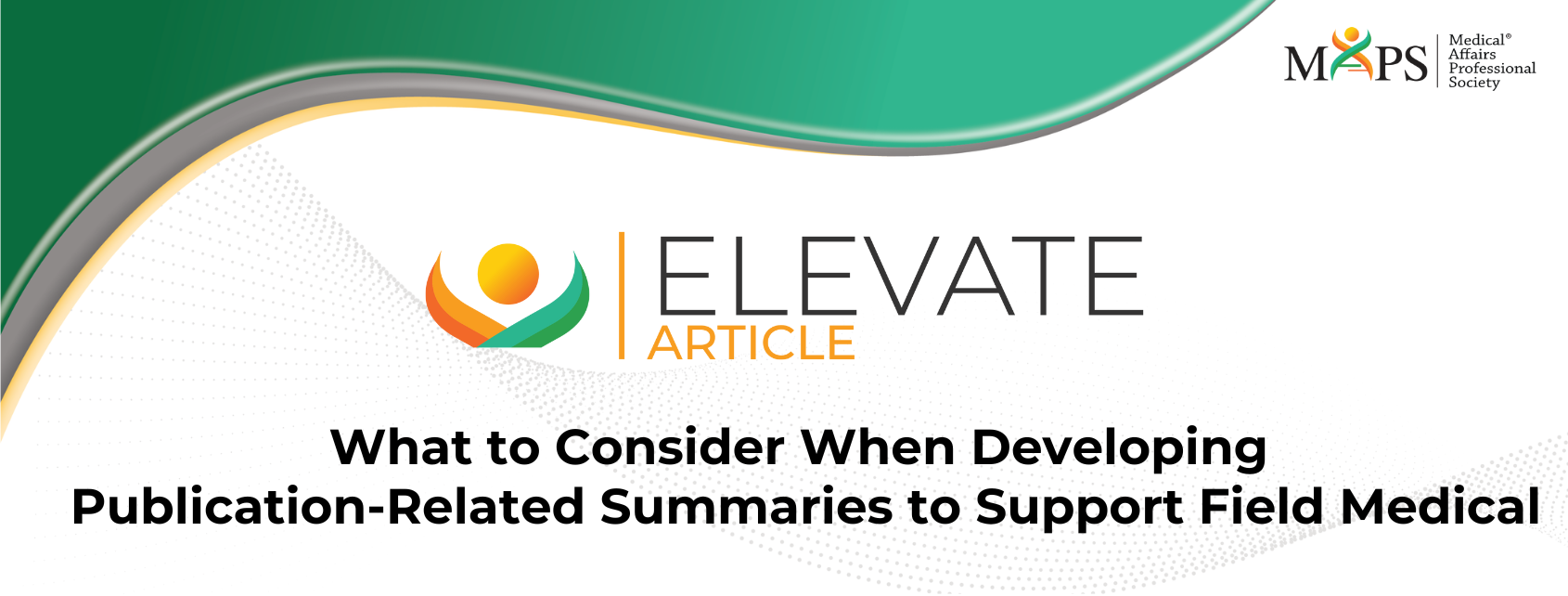
Abstract
The flow of information in the digital age is unlikely to ease. Thus, the need for short-form digital content delivered across multiple channels will continue. Many journals now provide opportunities for digital publication summaries (sometimes called enhancers) designed to aid rapid understanding of research. Likewise, engagement between Field Medical teams and healthcare professionals (HCPs) is now often remote, and time is even more limited. Short, interactive publication enhancers that allow medical science liaisons to succinctly summarize a publication are useful in today’s environment. Enhancers accessible via a journal may be developed by the journal editors or by authors and published with or without peer review. Alternatively, enhancers may be developed by the sponsor’s Medical Communications team for use by Field Medical. We present planning, process, compliance, and copyright considerations for both author- and sponsor-led development pathways and highlight how collaboration between functions ensures all stakeholders’ needs are met without duplication of resources.



